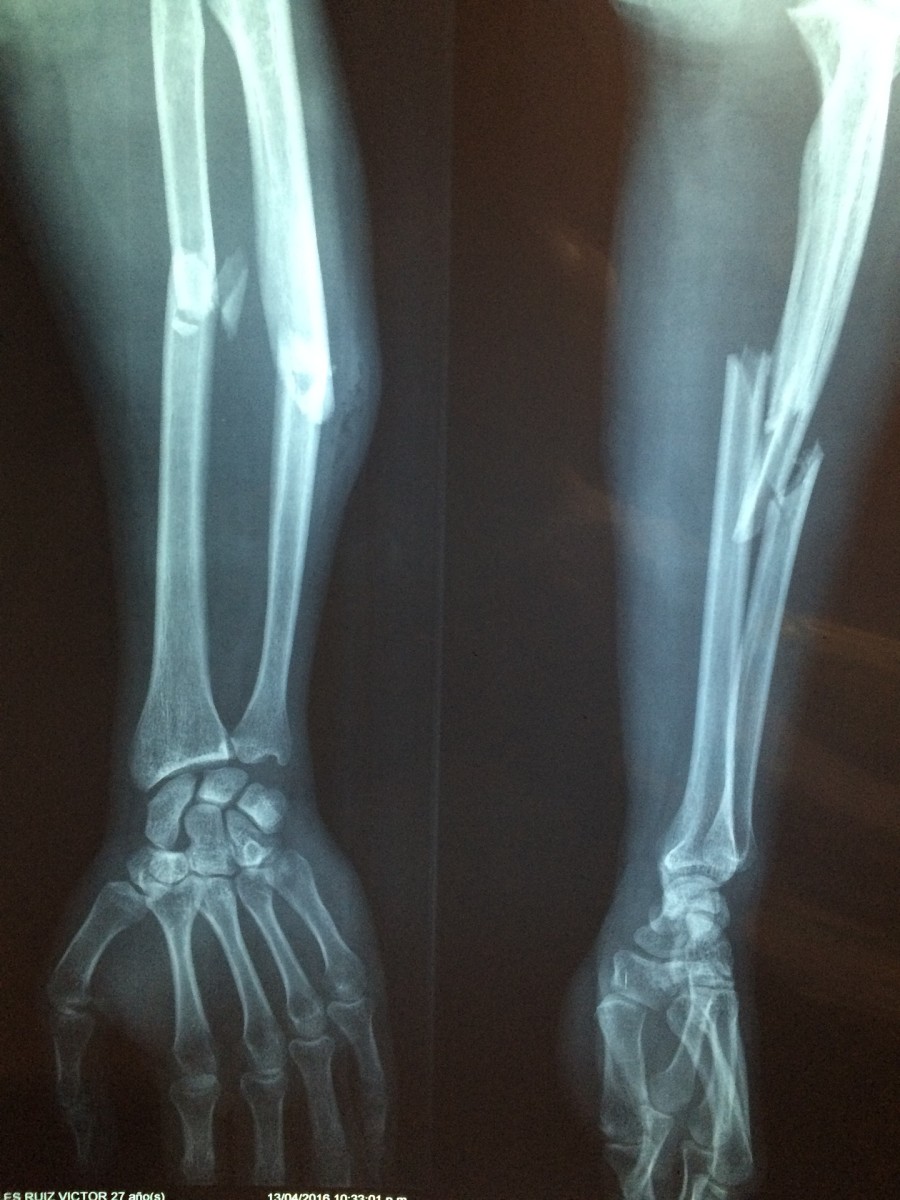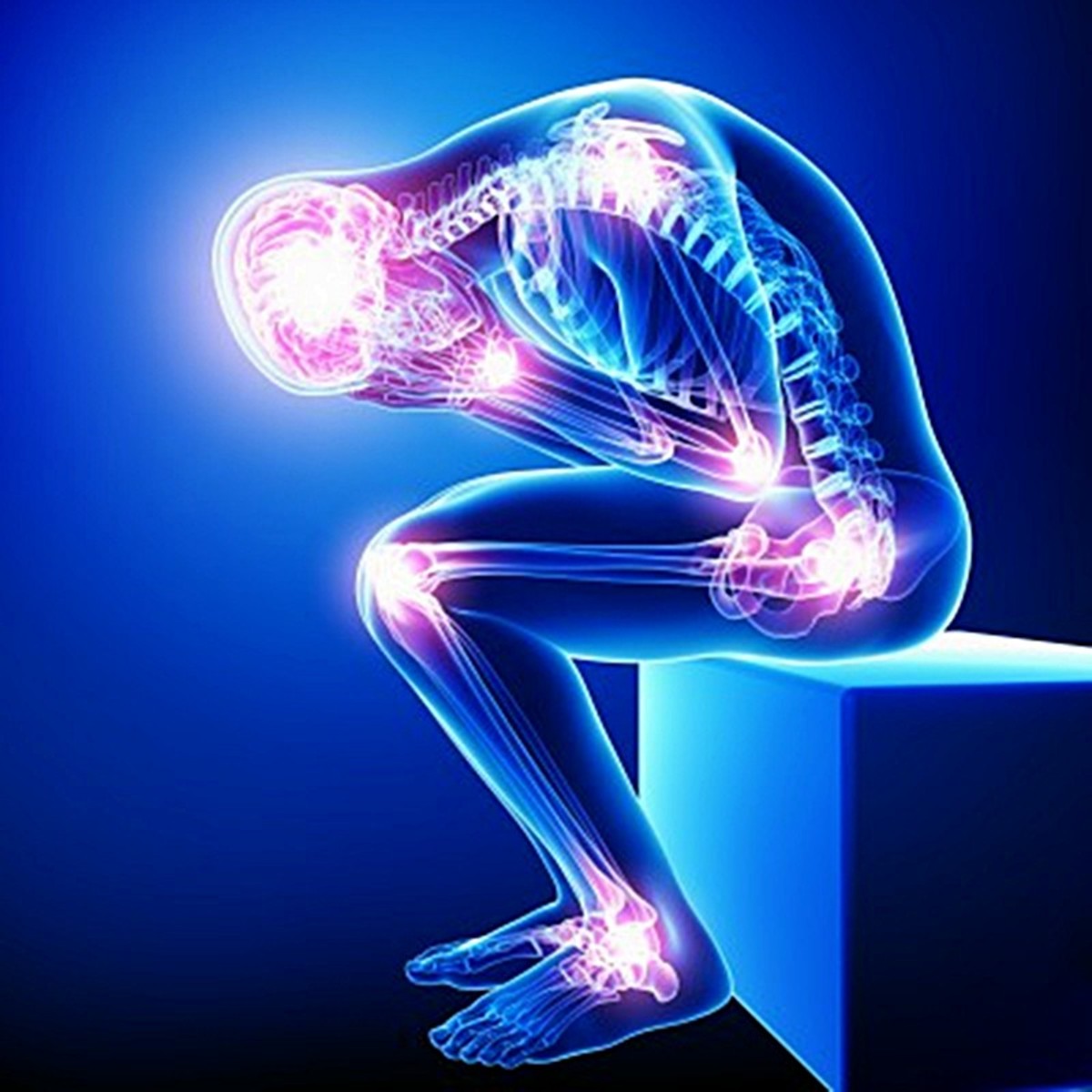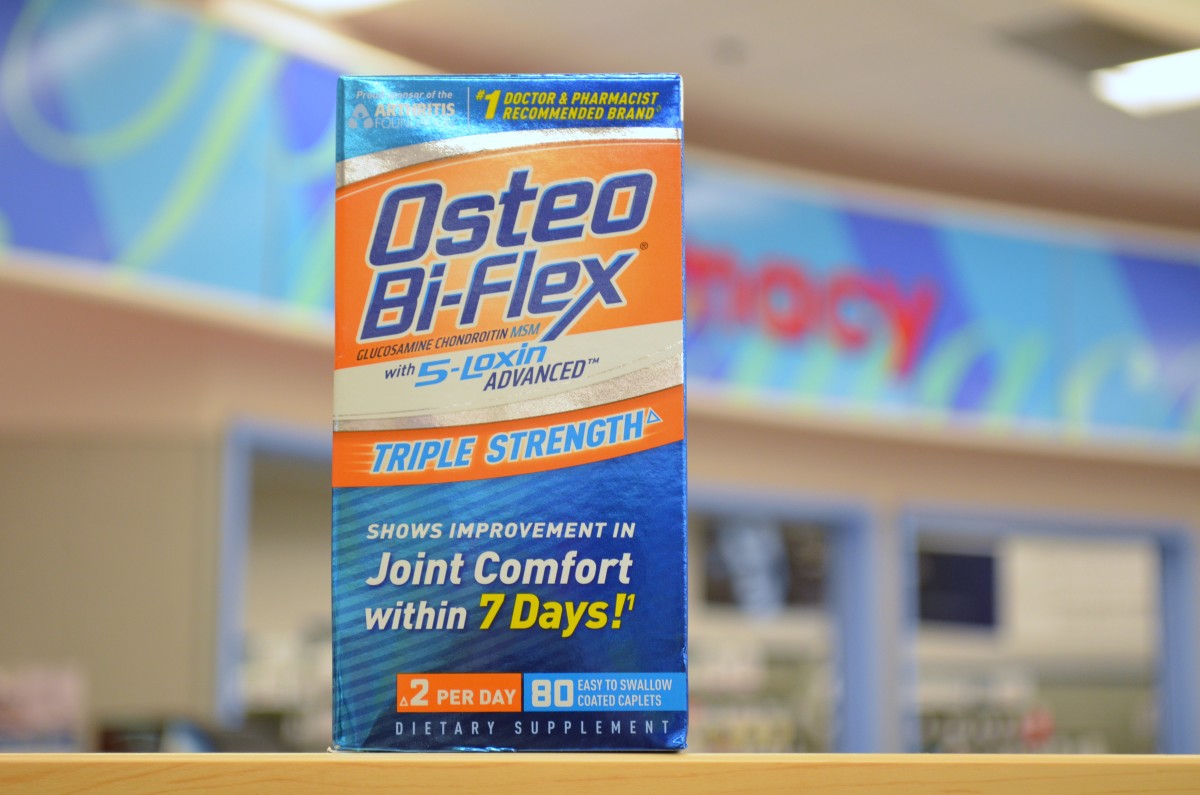Romosozumab a New Drug for Treating Pain in Bones, Joints and Muscles
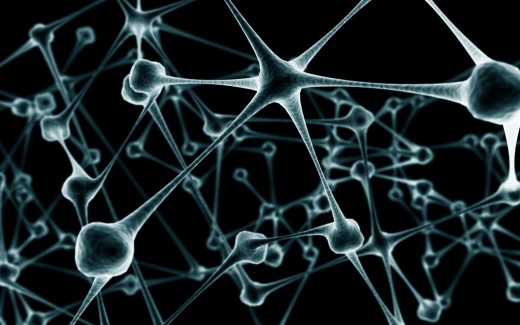
New Drug being tested to treat Bone Loss
There is a new drug for the treatment of osteoporosis. It is romosozumab. This treatment is testing to be one and half times better than some current drugs. According to Dr. Michael McClung, director of the Oregon Osteoporosis Center in Portland, Oregon, “Most osteoporosis drugs work by stopping the progression of bone loss, but they don’t have the capability of rebuilding the skeleton. This really is a new day in the consideration of how we treat osteoporosis, with the capability of truly stimulating bone production and rebuilding the skeleton, not simply keeping it from getting worse.”
This is a new drug and more research is needed. It may be several years before romosozumab is available. It has performed better than Fosamax and has no major side effects. As a post-menopausal woman with an age over fifty, I am scared of osteoporosis. I’m not afraid of the disease as much as I’m afraid of the drug advertisements and the side effects associated with the drugs used to treat this disease.
Prolia can lower the calcium levels in your blood. I thought the purpose was to increase calcium to make stronger bones. It can cause serious infections to your skin, stomach, bladder, ears or lining around your heart.
Reclast can cause pain in your bones, joints and muscles. It also has been known to cause fever, headaches, nausea, vomiting, diarrhea and pains in your arms and legs.
Fosamax, Boniva and Actonel all come with a serious warning before even taking the drugs. They all may cause injury to your esophagus. You must take them with at least 8oz of water. You can’t chew or suck on the tablets. And you must be able to stay standing, sitting or walking for at least 30 minutes after taking the drug. Additional side effects similar to the ones reported with Prolia and Reclast have also been noted.
Dr. Robert Recker, director of the Osteoporosis Research Center at Creighton University in Omaha, Nebraska, has encouragement for the new drug, “This possibly represents the most important change in treatment of osteoporosis that we’ve seen. We’re not been able to have a strongly bone-building product available to us. There’s no reason not to believe it will prevent fractures, but that has to be proven.”
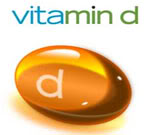
You Can Do Something to Help
Osteoporosis is a condition that affects over 10 million Americans. By age fifty, the risk factor is 50% in women and 25% in men. Women will lose 10% of bone density in the 5 to 7 years after menopause. Your body might be losing bone mass too fast, it might not be making enough new bone fast enough to keep up with the loss, or it could be a combination of both facts. You usually don’t know you have a problem until you fracture or break a bone.
To protect yourself, first find out where you stand in the bone density area. Your doctor will request a bone mineral density scan (BMD). A machine that uses radiation or sound waves will measure your bone density. This record is then used as a base and your doctor will monitor your loss or gain. You can help yourself by eating more calcium and vitamin D rich foods, exercising, and taking supplements.
Your bones are living, growing tissues. Bones lose and grow new tissues constantly. Special cells called, osteoclasts, helps break down and remove old bones. Other cells called, osteoblasts help build new bone to replace what is lost. Osteoporosis happens when your bones become weak and can break. Your job is to keep these two cells in perfect working order.
Age is the greatest risk factor in osteoporosis. Other factors include: gender, family history, being petite, certain prescription drugs including steroids, certain diseases like, lupus, and rheumatoid arthritis.
The facts I use are from magazine advertisements printed by the drug distributors. I do not attempt to single out any one drug. I am just gathering facts for my own knowledge and choose to share them with you
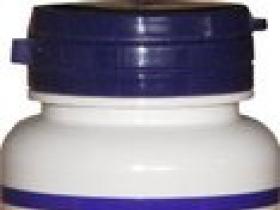
Does Glucosamine Chondroitin Really Work?
Glucosamine Chondroitin is not new to the medical field. Well, maybe the human medical field. Veterinarians have been prescribing glucosamine chondroitin for aging dogs for many years. It has been used to treat osteoarthritis in Europe for over twenty years.
Glucosamine Chondroitin is a dietary supplement. It is not regulated by the U.S. Food and Drug Administration. This means it is sold with limited or no research. It is a product that cannot be patented. This leaves little incentive for the big pharmaceutical companies to want to research, promote and sell this product.
The effects of glucosamine chondroitin are not immediate. This led to a problem with the studies done on the supplements effects. It takes between 3 to 6 months to see any results. Early studies were not long enough and the results were inconclusive. The first trails were published in the 1980’s. The tests that accumulated results over five years showed that the disease progression in patients was slowed or occasionally reversed when taking glucosamine chondroitin
Joint pain or the pain from arthritis is the main complaint people have when taking glucosamine chondroitin. The wearing out of the normal smooth cartilage surface of the joints or the wear and tear degeneration of the joint cartilage and the formation of bony spurs are all indications to seek pain relief. If acute pain relief is your goal and you receive relief when taking the supplement, then I suggest you continue to take the supplement. If you personally feel no difference, than don’t continue.
Glucosamine Chondroitin is made up of the two molecules that make the type of cartilage found inside your joints. This cartilage undergoes a constant breakdown and repair during its cycle. This cartilage acts as a cushion between bones in a joint. Some studies suggest glucosamine may stimulate production of the cartilage and its’ building protein. It is used in the formation and repair of cartilage.
The chondroitin is responsible for the resiliency of the cartilage. It promotes water retention used for elasticity. Believers think that by taking more of the cartilage, building blocks will be available for repair. Most studies indicate little of no relief from pain.
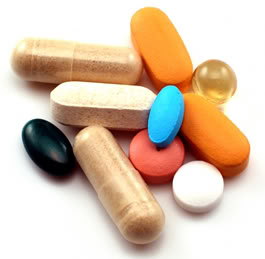
Only You Can Choose to Supplement or Not
Studies show it has not been proven the consumption of the joint supplement increases the repair of these cartilages or building blocks in any joints. The American College of Rheumatology did a study in 1999, finding the patients who took glucosamine chondroitin had less pain and better x-ray findings than those who took a placebo. Glucosamine Chondroitin Arthritis Intervention Trail (GAIT) studied over 1500 osteoarthritis patients over a period of 24 weeks. The review stated, the patients ‘were not significantly better,’ than the placebo patient in pain reduction. There is no evidence that the pills help, but there is nothing to indicate they’re unsafe.
The journal, American Family Physician, published an article about supplement for treating osteoarthritis. They recommended the use of glucosamine but said, “Overall, the evidence supports the use of glucosamine sulfate for modestly reducing osteoarthritis symptoms and possibly slowing disease progression.”
The supplement is safe and they have very little side effects. Glucosamine chondroitin is available in tablets, capsules, powder or liquid forms. The cream forms of glucosamine have not been effective. There is little evidence it is absorbed through the skin. The recommended dose is 1500mg daily. This should be taken twice or even three times per day, because it is not stored in the body. Glucosamine naturally occurs in the shells of crustaceans. Those with shellfish allergy should not take the supplement. It has also been shown to elevate blood glucose. Check with your doctor if you are a diabetic.
Dr. Andrew Weil “believes that there is sufficient evidence of a positive effect to recommend that people with osteoarthritis try the supplement to see if they experience any benefit.” Most doctors say if you feel better then by all means take it, but if you feel no difference, then it is not for you.
Deciding to take or not take this supplement is personally all yours. I woke up every morning with stiff, low grade pain in my ankles. I take two glucosamine tablets, one in the morning and one at night. I do not have any more pain in my ankles. Make sure you give the supplement time to work, at least six months.

